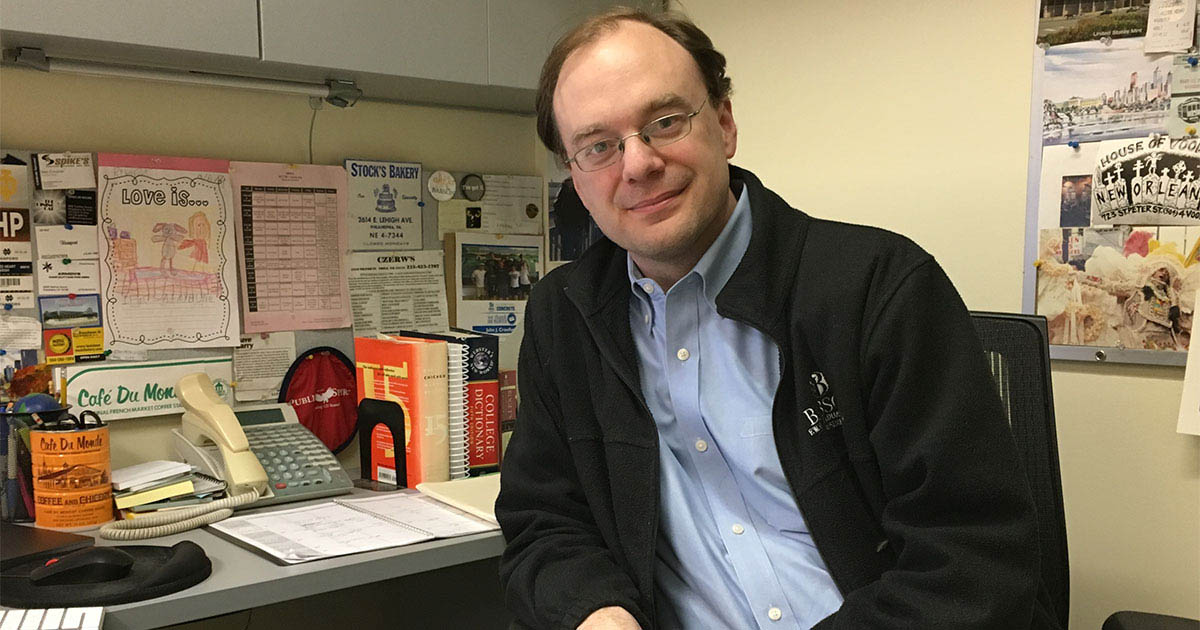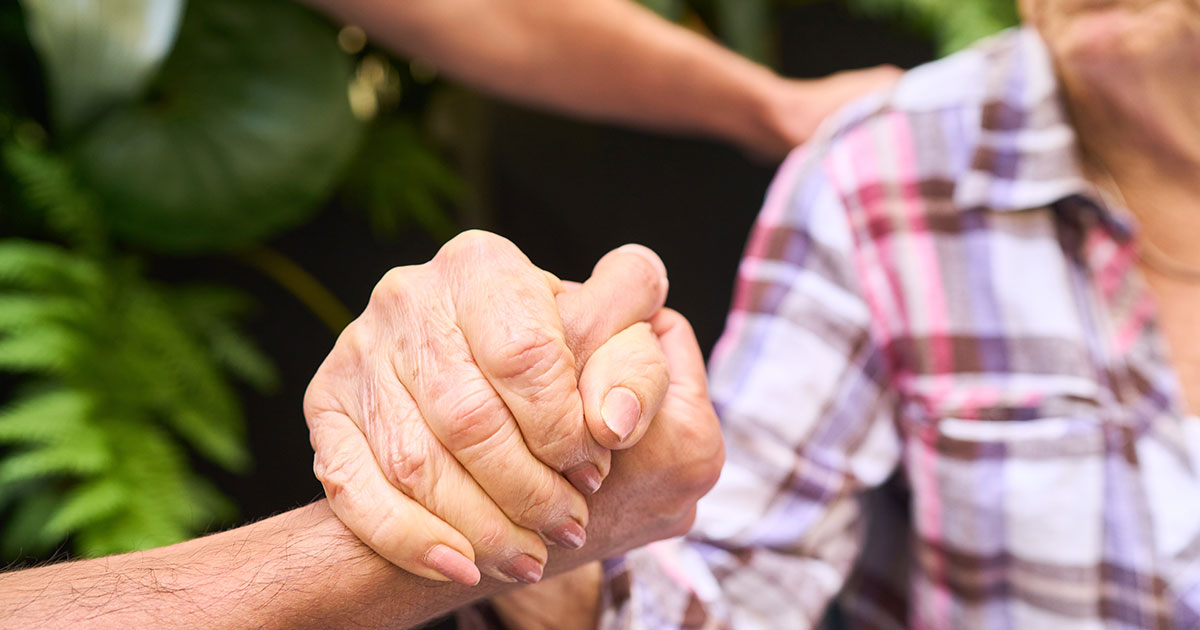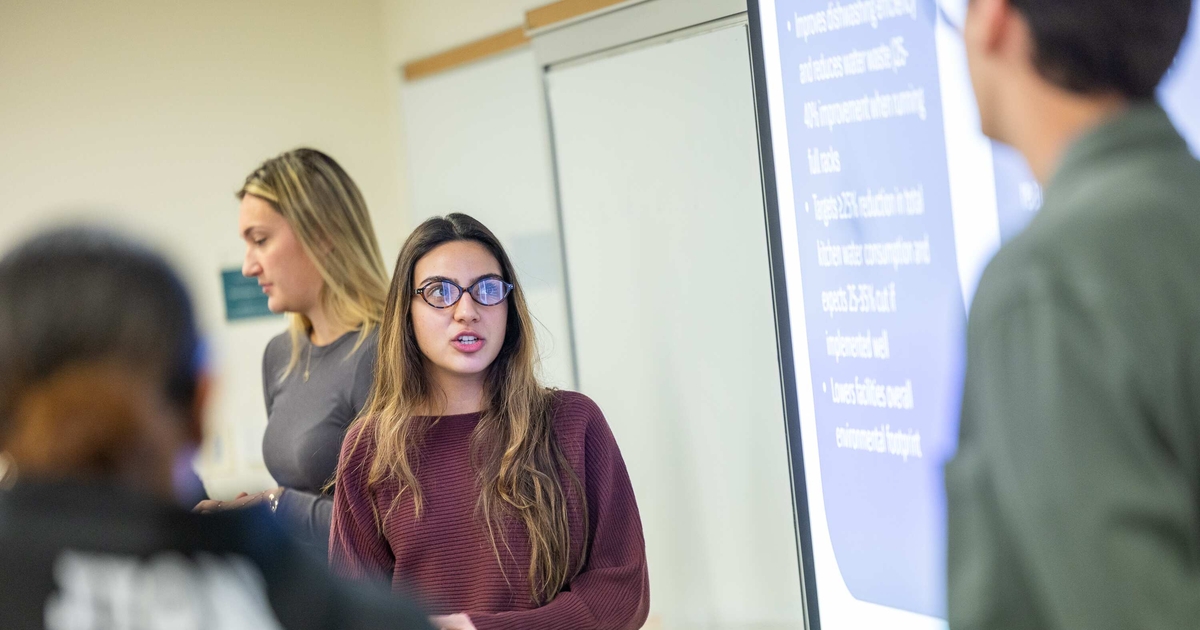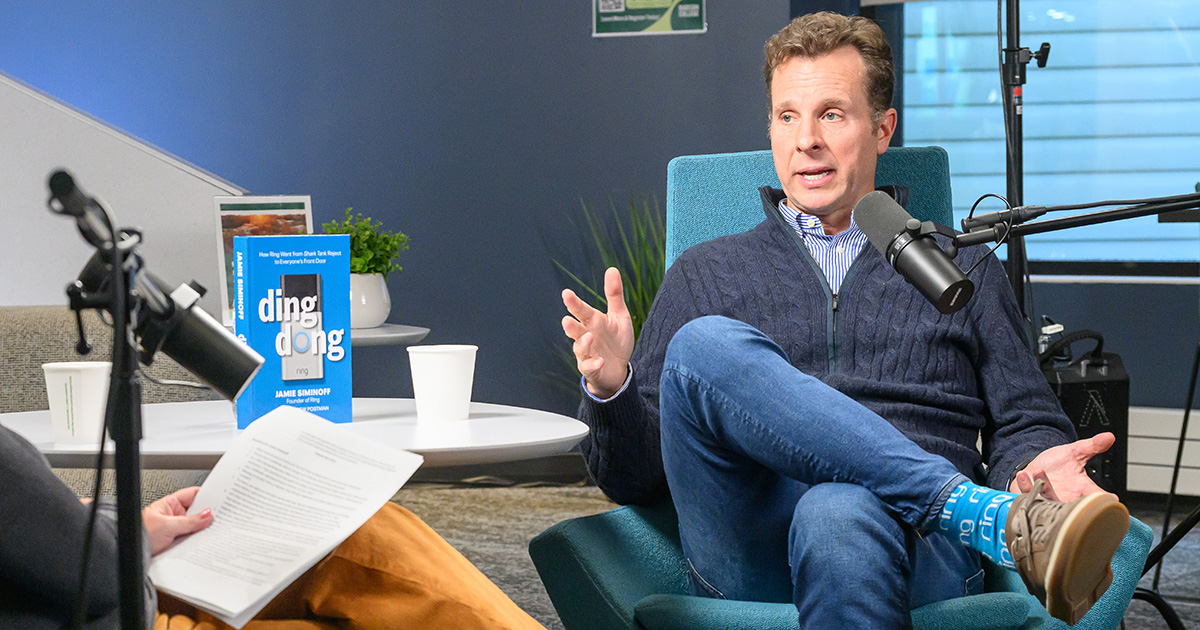Hitting the Streets for Black Lives Matter

Through the years, the power of great social movements has flowed from one inspiring source: people coming together.
“When you read textbooks, what you see is massive throngs of people,” says Joel Mampilly ’17. “That’s what matters—how many people show up to fight for something.”
As Black Lives Matter protests broke out across the country to protest police brutality, Mampilly decided he needed to show up and be counted, attending several demonstrations in Washington, D.C. “I am doing my small part,” says Mampilly, a project manager from Rosslyn, Virginia.
Mampilly was struck by the growing crowds, the multitude of voices gathered for a common purpose. He also was struck by something essential to the vitality of the protests: organization. People coming together is one thing, but keeping them energized and moving is quite another. He took note of the many volunteers who were helping to support the protestors.
That support reminded him of lessons he learned at Babson, in the class of Fred Opie, professor of history and foodways. Opie discussed how important the providing of food was to sustaining social movements through history. “If you are a person who is trying to organize an event, organize a group, or trying to advance your cause, you have to take into consideration the role food plays,” says Opie.
In D.C., Mampilly saw volunteers handing out all kinds of sustenance to protestors: water, snacks, fruit, sandwiches, and even ice cream “Having that food was so important for all of us,” he says. “It allowed us to keep up that marathon protesting.”
It’s History
Mampilly is just one of a number of folks from the Babson community involved in the Black Lives Matter movement. “I am not an anomaly,” he says. “There have been a lot of folks protesting.” Just last week, more than 80 College organizations and athletics teams came together to raise funds for the cause.
Mampilly’s road to the current moment started a few years ago in San Francisco, where he attended his first protest, a women’s march. The day left an impression on him. “You realize you are taking a stand for something that’s bigger than yourself,” he says. “There is something so exciting and powerful about being in that moment.”
When he moved to the D.C. area, he decided he couldn’t ignore important protests happening in the capital. “I live within a 25-minute walk of all this stuff,” he says. “I feel like it’s irresponsible not to show up.”
Over the course of a week, Mampilly joined three Black Lives Matter protests, all of which centered on a stretch of 16th Street recently renamed Black Lives Matter Plaza. That plaza abuts Lafayette Square, located just north of the White House.
“You realize you are taking a stand for something that’s bigger than yourself. There is something so exciting and powerful about being in that moment.”
Joel Mampilly ’17
The first of those protests occurred mere days after George Floyd was killed in police custody in Minneapolis, the horrific event that sparked ongoing demonstrations across the country. Mampilly could feel the tension between protestors and police in riot gear. “You felt anger and aggression on both sides,” he says. “It was a lot of taunting and yelling and shouting and a lot of visceral reaction.”
The crowds grew larger, and more peaceful, as the days passed. Mampilly brought friends with him who had never been to a protest before. “Guys, you got to show up,” he told them. “It’s history.”
A Life-Saving Grace
As the protests continued in D.C., more organization built up around them. People gave speeches and handed out signs and offered food and water.
That gave Mampilly a new appreciation for the lessons about social movements that Opie had talked about in class. For the March on Washington, for instance, Opie had discussed the volunteers at Harlem’s Riverside Church, who had put together some 80,000 box lunches for marchers. Those volunteers were called the “sandwich brigade.” “If you look at any sustained movement, it has got to have food involved,” says Opie.
Those classroom lessons now felt very real and essential to Mampilly. One day, he and his friends marched for miles on a hot D.C. afternoon. They eagerly grabbed water from volunteers. “It was a life-saving grace,” he says.
Thanks to those volunteers, Mampilly was able to stay focused on the task at hand: marching, lending a voice, and taking a stand.





